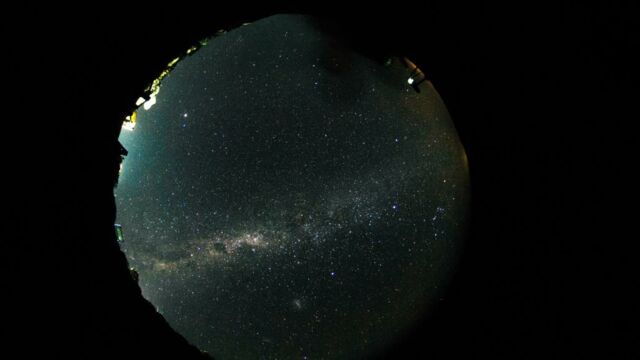For the very first time, researchers have observed the light behind a super-massive black hole located 800 million light-years away in a galaxy named I Zwicky 1, announced the MIT Technology Review, this July 28.
Discover our latest podcast
An accidental discovery
Originally, the researchers were studying the corona of a black hole ten million times larger than our Sun, using highly sophisticated space telescopes which led them to capture an unusual sight. Recorded in the form of luminous bursts of X-rays, scientists eventually discovered a source of light being emanated from the massive black hole.
But how is this possible when no light can escape from a black hole? Lead researcher behind the discovery, Dan Wilkins from Stanford University, explains that:
The reason we can see this light is that the black hole distorts space-time, bending light and twisting magnetic fields around it
In fact, it is through a phenomenon of reverberation, that astrophysicists have been able to detect flashes of light from the dark side of the black hole. Wilkins continues:
We had long had the intuition that these flashes coming from the other side of the black hole must exist, continues the astrophysicist. But we did not think we would be able to detect them with our current telescopes. What we saw was the bright echo of X-rays coming from the black hole's corona and the echo of all the matter on the front of the disk.
How do black holes work?
The space around a black hole has several layers. First, there is the event horizon, the famous point of no return, then the accretion disk. This is a huge disk of dust and gas swirling around the black hole. And finally, at the edge of the disk: the corona, a region composed of electrons powered by the black hole's magnetic field.
By irradiating the accretion disk, the X-rays produce a reverberation echo. By studying the phenomenon, the researchers were able to detect smaller flashes of X-rays, emanating from a different part. This is how they understood that these flashes with a curved trajectory were actually reflections from the back of the black hole. According to Wilkins:
By reconstructing this picture of the environment around the black hole, we learn exactly how black holes power such bright objects and may have fulfilled their role in the formation of galaxies.















